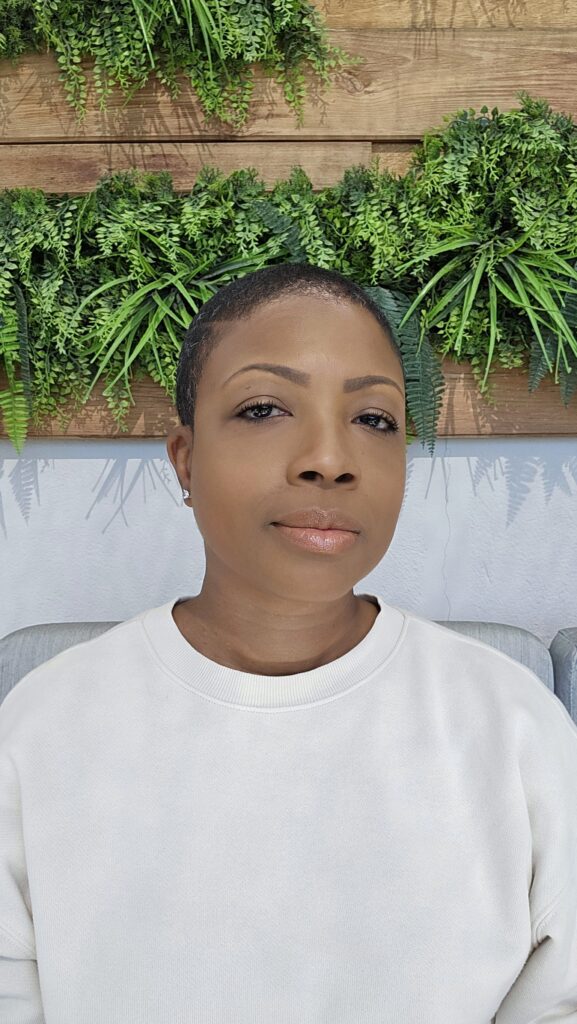
I’ll never forget the morning I learned I had breast cancer.
It was early — I was getting ready to make breakfast for my son when I saw a message in my MyChart app. I’d had a biopsy the week before, but I wasn’t overly worried. I’d had one years ago, and it came back fine.
This time, though, I opened the message and saw the words “invasive ductal carcinoma.”
I froze. Then it hit me — carcinoma means cancer.
I sat at my kitchen table and cried. My son was nearby, and even though he’s nonverbal, he could sense something was wrong. He came over quietly, watching me through those soft, knowing eyes, and in that moment, I realized: I couldn’t break down for long. He needed me to be okay.
The Days That Followed
I was angry — furious, honestly. There’s no history of breast cancer in my family. I’ve spent over 20 years in fitness and wellness, eating healthy, moving my body, doing everything “right.” How could this happen?
I didn’t know at the time that having dense breasts increases your risk. No one ever told me. And I don’t think anyone should have to find out they have cancer through a computer notification. That moment changed everything.
After the initial shock came chaos — doctors’ appointments, second opinions, scans, and endless decisions. Eventually, I was told I’d need a lumpectomy followed by three weeks of radiation.
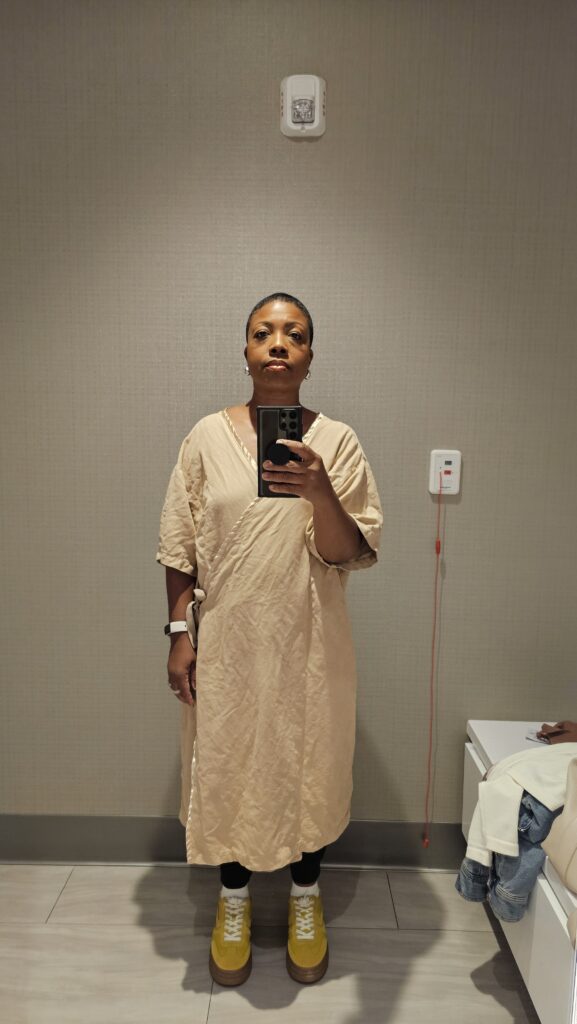
Preparing My Home (and My Heart)
Before my surgery, I went into planning mode — it’s just how I’m wired.
As a mom and caregiver to a son with autism, I couldn’t afford to fall apart. I arranged for his aide to stay with him, made lists of my medications, prepped meals, and set up my bedroom so everything I needed would be within reach.
It might sound small, but organizing my space gave me control in a season when everything else felt uncertain.
The lumpectomy didn’t go exactly as planned. I developed axillary web cording in my armpit and a seroma that had to be drained. Recovery was tough and slower than expected. I learned a lot through that — about patience, about my body, and about the quiet, messy parts of healing that no one prepares you for.
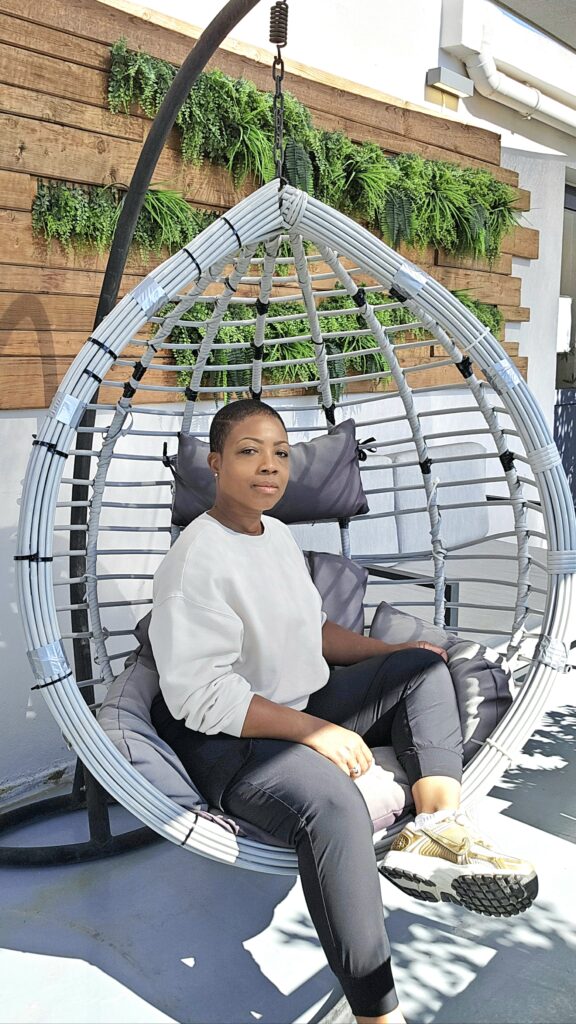
Finding Community and Connection
A few months later, I attended Camp Breastie, a retreat for women affected by breast cancer.
That experience was transformative. Being surrounded by women who understood — really understood — what it’s like to live in a new body after diagnosis was freeing. We cried, we laughed, and we shared stories that didn’t need explaining.
I made friendships there that I still hold close today. It reminded me that healing isn’t meant to be done alone.
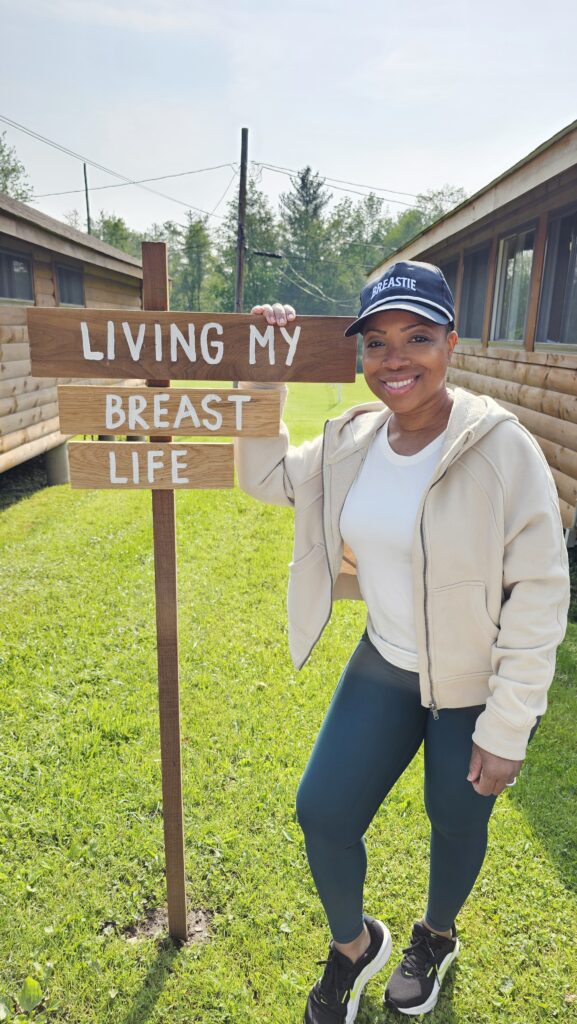
What Healing at Home Really Means
Research shows that clutter increases cortisol — the stress hormone — while calm, organized spaces can help lower anxiety and promote focus.
But healing at home doesn’t mean having a picture-perfect pantry or color-coded bins like you see on Pinterest. Your home doesn’t need to be flawless — it just needs to function for your healing.
When you’re not feeling well, the last thing you want to think about is decluttering. But you also know that you feel better when your space feels calm — whatever “calm” means for you. My space wasn’t perfect after surgery, but it was peaceful, and that made all the difference.
“Your home doesn’t need to be flawless — it just needs to function for your healing.”
A Final Reflection
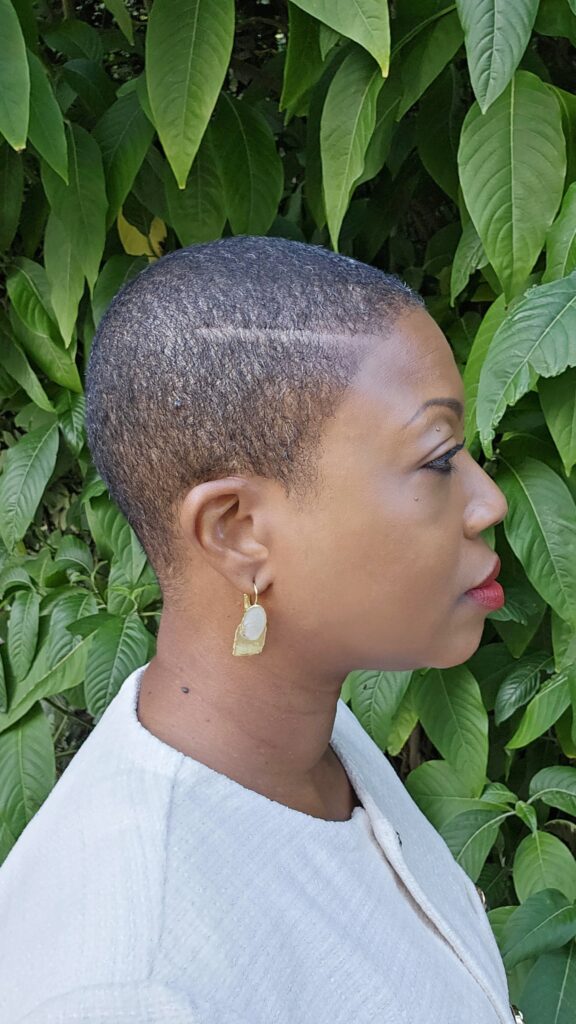
I never asked for this journey, but it showed me that healing isn’t just about medical recovery — it’s about creating space, physically and emotionally, to breathe again.
If you’re walking through a difficult season, start small. Open a window. Fold the blanket. Clear one corner of your world.
It doesn’t have to look like anyone else’s version of “tidy.” It just has to feel right for you.
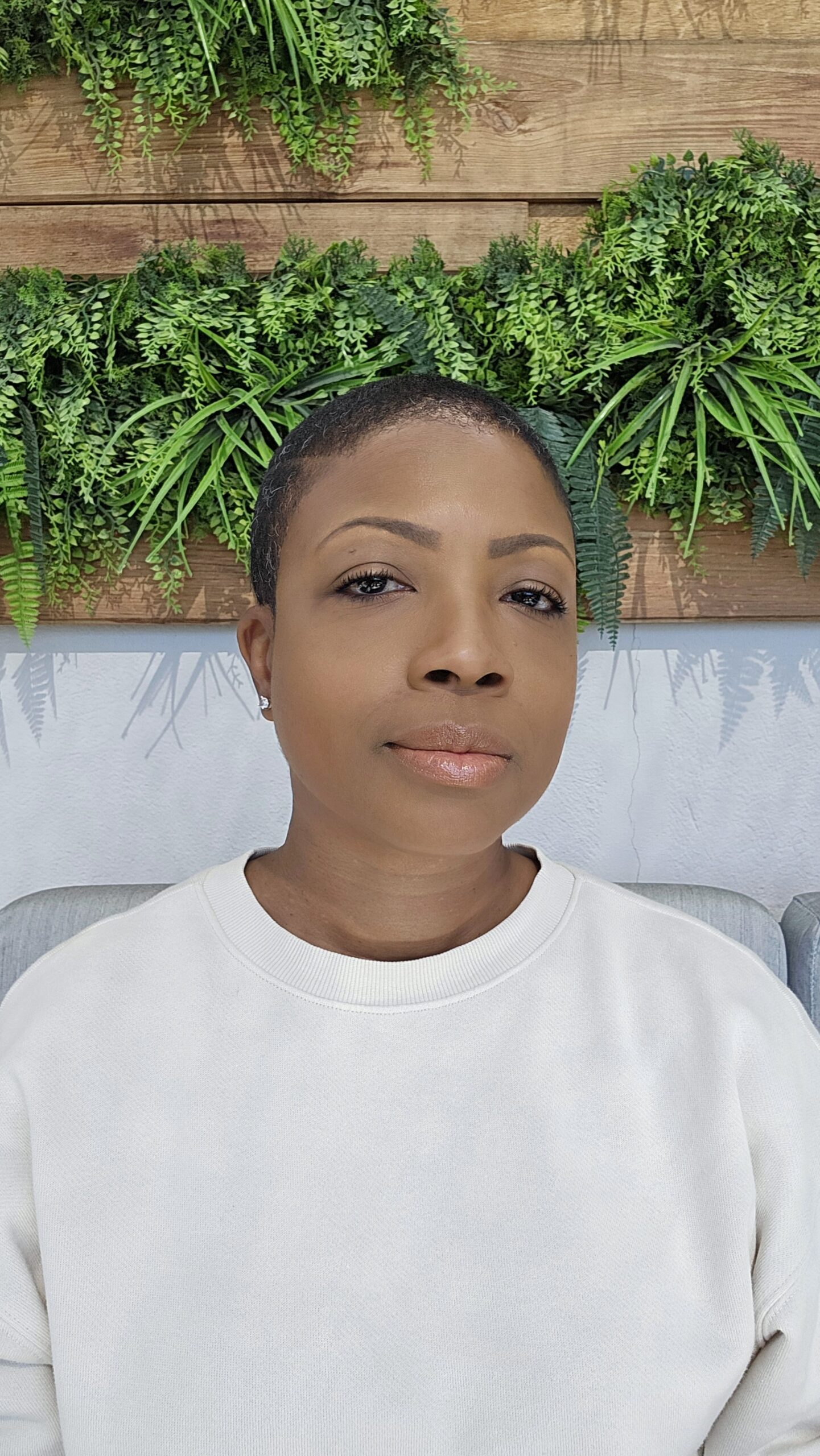
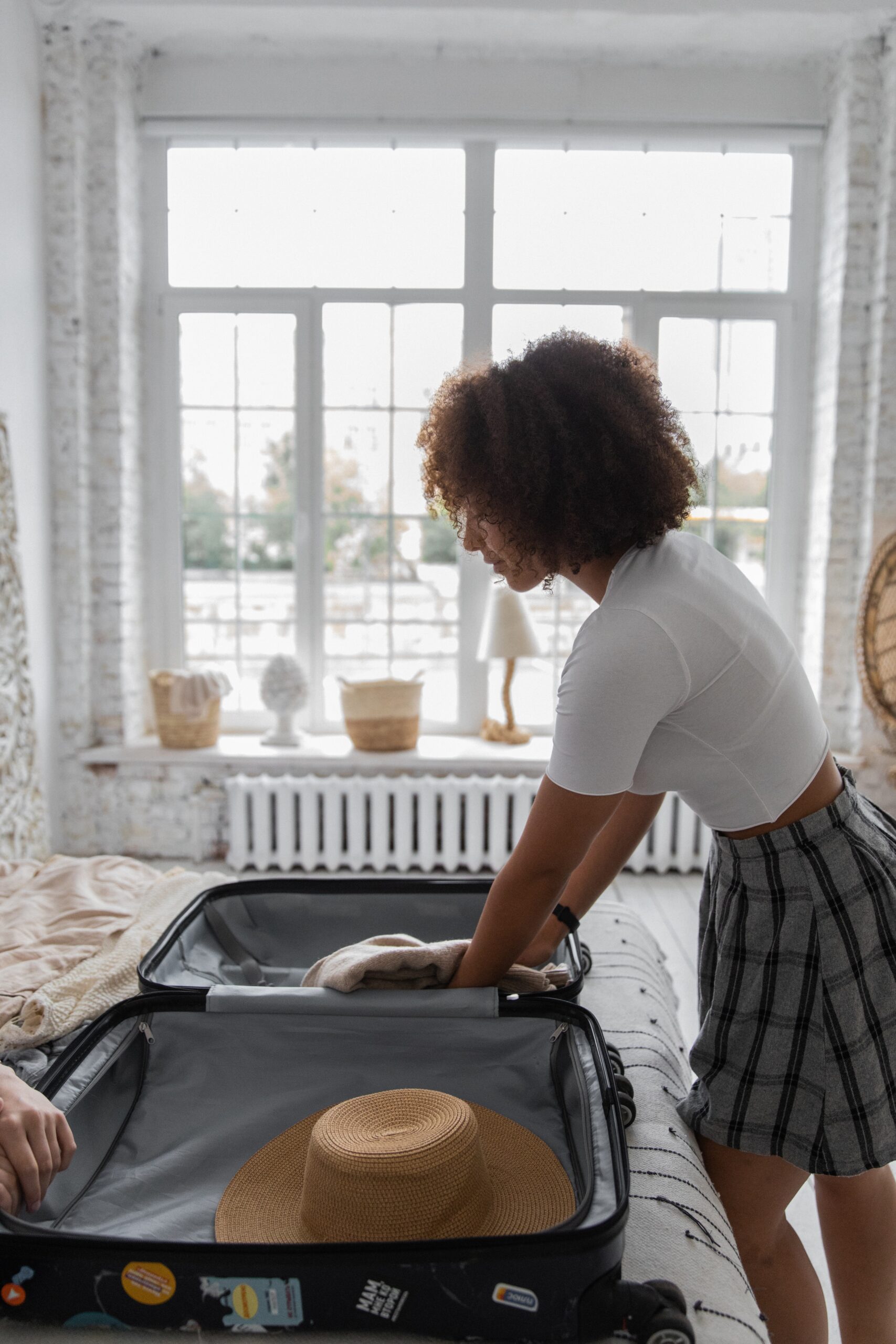
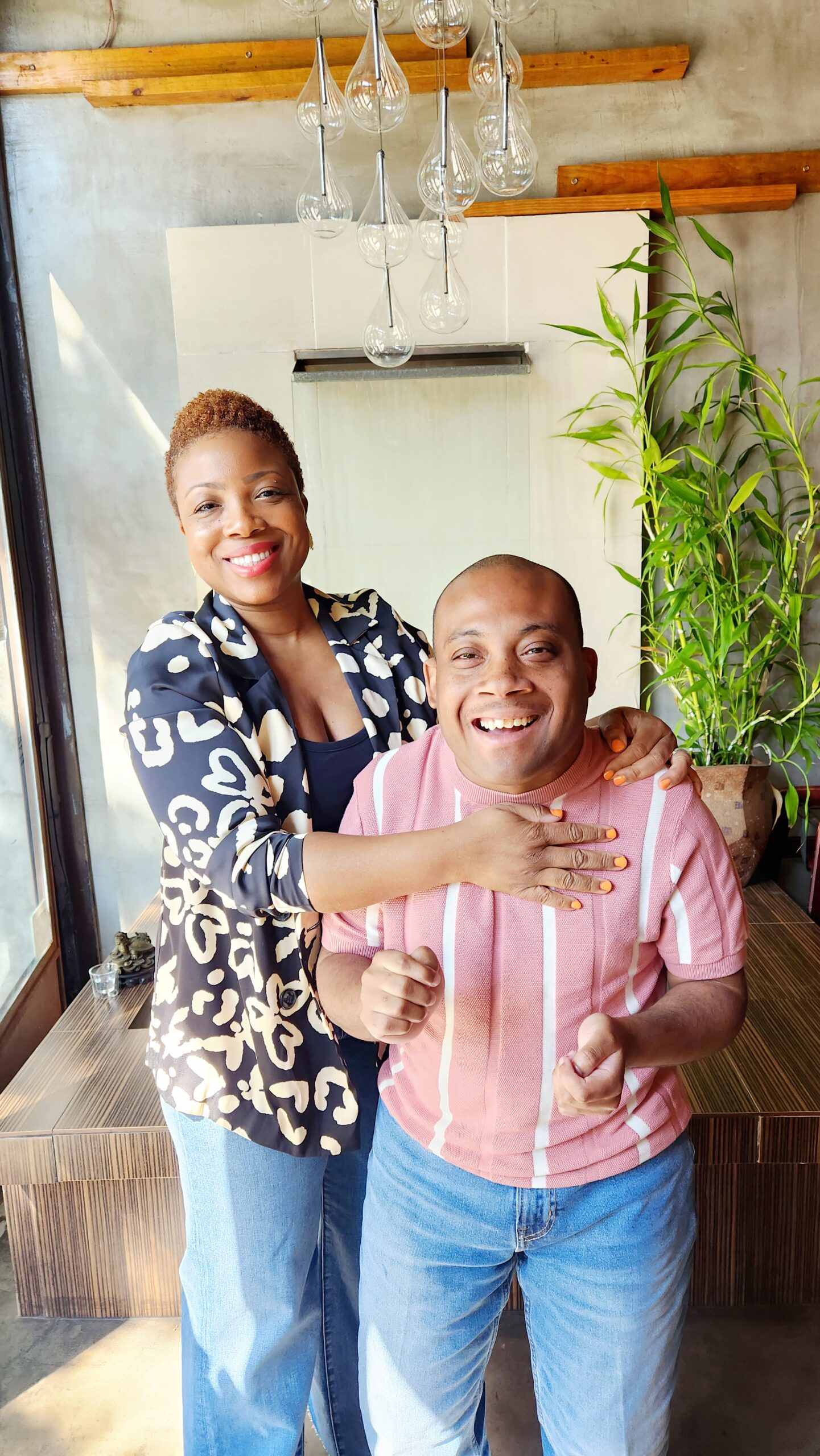
Leave a comment: